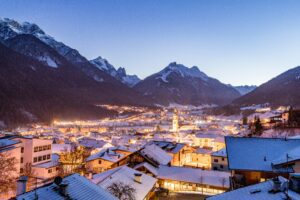The Central Eastern Alps, alternatively referred to as the Austrian Central Alps or simply the Central Alps, constitute the principal range of the Eastern Alps spanning across Austria and extending into neighbouring territories of Switzerland, Liebermann, Italy, and Slovenia. The Southern Limestone Alps lie to the south of this imposing range.
Referred to as the “Central Alps” in Austrian geography–one of the seven significant landscape regions of the country–the range is frequently associated with the Alpine Club’s classification of the Eastern Alps signified by ‘Alpenvereinseinteilung, AVE.’ The Central Alps form the eastern part of the Alpine divide: its central mountain chain and the various ranges that lie to its north and south. The Grossglockner stands regally as the tallest mountain in the Austrian Central Alps, reaching an impressive 3,798 metres (12,461 ft).
The resplendent Austrian Alps span across Austria, comprising a breathtaking expanse of Ice Age valleys, lush moors, and alluvial cones enveloped within Hohe Tauern, the continent’s largest national park, covering a 700-square-mile terrain. Incorporating the vibrant cities of Salzburg and Innsbruck, the scenic province of Tirol that boasts spectacular ski slopes and hiking trails, the towering peak of Gross Glockner, alongside exceptional winter and summer sports facilities, the Austrian Alps invariably epitomise an outdoor enthusiast’s haven.
The diversity of exciting adventures that the Austrian Alps offer will undoubtedly keep visitors engaged regardless of the season. There are extraordinary destinations to visit throughout the Austrian Alps, each offering unique experiences guaranteed to captivate any traveller.
Exploring the Geographical Span and Composition of the Central Alps in Austria
Nestled amidst the Southern and Northern Limestone Alps, the Central Alps distinguish themselves through their geological constitution and lofty peaks, the loftiest within the domain of the Eastern Alps.
The phrase ‘Central Eastern Alps’ is frequently utilised in a wider context, encapsulating a prominent segment of the Eastern Alps, predominantly situated in Austria. This extended area initiates from the base of the Bergamasque Alps lining Lake Como and sweeps towards the Bernina Range in the eastern Swiss region of Graubünden, extending towards the eastern lower edges of the River Mur past the Hochwechsel in Austria’s Styria region. The Rhine’s Liechtenstein shore delineates its western extremity. The highlands are bound on the North by the river valleys of Inn, Salzach and Enns, while the Drau River, roughly equating to the Periadriatic Seam, demarcates their southern frontier.
Under the proposed SOIUSA system, the ‘Central-eastern Alps’ encompass the Rhaetian Alps, among them the Bernina Range, inclusive of the 4,049-meter high Piz Bernina in Switzerland, the easternmost 4,000-meter peak in the Alpine range. In contrast, under the AVE system, the compilation of mountainous groups within the Alpine Club’s classification of the Eastern Alps designates the Bernina and its adjacent ranges as part of the Western Limestone Alps rather than the Central Eastern Alps, as per the Alpine Club’s definition.
Exploring the Geographical Divisions of the Austrian Alps
In Austria, the Eastern Alps are segmented into the Northern Alps, the Greywacke zone, the Central Alps, and the Southern Alps. The Southern Alps are primarily located in Northeast Italy and partly in South Carinthia.
The Northern Longitudinal Trough sets apart the Central and Northern Alps, notably the Klostertal–Arlberg–Inn Valley–Salzach Valley up to Lake Zell–Wagrain Heights–Upper Enns Valley–Schober Pass–Mürz Valley Alps–Semmering–and the southern Vienna Basin.
Meanwhile, the Central Alps and Southern Alps are demarcated by the Southern Longitudinal Valley encompassing the Puster Valley (particularly Rienz Valley–Toblach Field–upper Drava (Drau) Valley)–Drava Valley–Klagenfurt Basin–Meža (Mieß), or the Periadriatic Seam, which does not entirely coincide with the Southern Longitudinal Trough.
Exploring Austria’s Diverse Hiking Trails: A Journey through Alpine Landscapes and Cultures
Occasionally, the splendour of a locale fails to coincide with the preconceptions held about it. However, rest assured that the Austrian Alps will effortlessly surpass even the loftiest of anticipations.
Immersing oneself in the Alpine culture of Salzburg, or indulging in the Hüttenleben (mountain-hut life) of Vorarlberg, promises that sauntering through the Austrian Alps is as much an appreciation of local customs and delectable cuisine as it is a reverence of the majestic mountains and picturesque landscapes.
Venturing into the most arresting hiking trails found in the Austrian Alps offers an unparalleled opportunity. Its terrain, constituting approximately 60% of Austria, is dominated by three prominent mountain ranges: the Northern Limestone Alps, the Central Alps, and the Southern Limestone Alps, each encompassing between 15 to 25 distinct sub-ranges.
Exploring the Spectacular Landscapes and Rich History of Austria’s Alpine Towns
Discovering Salzburg: A Jewel in the Austrian Alps
Undeniably, Salzburg stands amongst the most alluring cities within central Europe, its charm extending beyond mere assertion. A crystalline gem steeped in twelve richly woven centuries, the small city subtly radiates beauty from its baroque backdrops, offering views that can truly grasp one’s breath. The eastern Alpine town has etched its name into the annals of Austrian popularity, most notably for providing the picturesque settings for the classic Hollywood film, “The Sound of Music.” The town’s captivating charm has subsequently graced the prestigious UNESCO World Heritage list, encapsulating a wealth of enchanting experiences that cannot simply be absorbed over a single day.
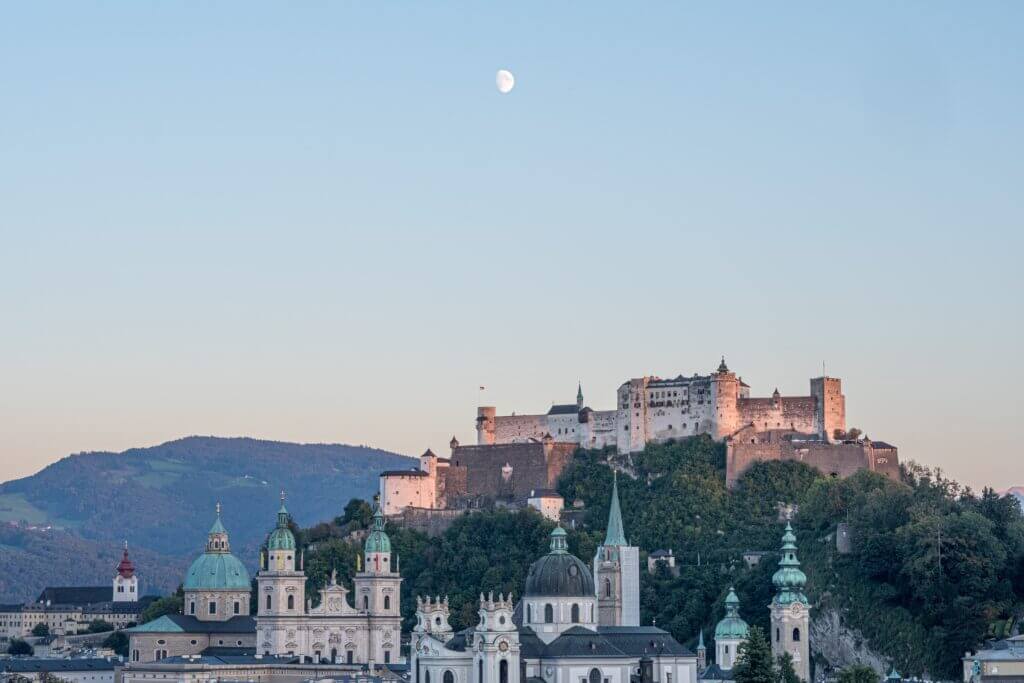
Indeed, Salzburg boasts the birthplace of the eminent composer Mozart, sculpted by the swift currents of the Salzach River around 250 years past. Yet, the city transcends even Mozart’s fame, presenting a vibrant tapestry of culture and annual celebrations beyond its renowned classical music festival.
As Austria’s baroque treasure, Salzburg effortlessly weaves an old-world elegance into the fabric of its pristine squares and quaint boulevards, ensuring its status as the apex of Austrian beauty throughout all seasons.
Amongst the vast array of UNESCO sites nestled within picturesque Salzburg, honouring the city’s illustrious musical lineage is an intrinsic part of the visitor experience. A visit to Mozart’s birthplace, located within the Old Town, is highly recommended, as is a meander through Salzburg’s most refined cemetery, situated in the shadow of the striking Christian architecture of St. Peter Monastery. Far from eerie, this place is an obligatory stop for fans of “The Sound of Music”.
The historical heart of Salzburg is quite compact, therefore best traversed by foot as if strolling through time. The sole exception to this is the recommended funicular ride up to the Salzburg fortress, a gradation that commands awe-inspiring views from its lofty perch.
No journey to Salzburg is complete without sampling the iconic Sacher Cake on the terrace of the established Sacher Hotel.
What not to miss:
Fortress Hohensalzburg Castle: One can teleport through time within this 11th-century castle, perched on a looming hill, Fortress Hohensalzburg provides panoramic vistas of Salzburg, earning its status as one of the city’s most beloved landmarks.
Salzburger Altstadt: Savour a leisurely amble around this Baroque Old Town, its cobbled plazas and slender lanes, a harmonious fusion of historical architecture and modern emporiums. The Altstadt houses a litany of exceptional sites, including Mozart’s birthplace, the imposing Dom Cathedral, the intriguing Salzburg City Museum, and numerous churches. Remember to wear sun protection and high-quality eyewear during your exploration.
The Original Sound of Music Tour: A visit to Salzburg would be incomplete without stepping into the film locations of ‘The Sound of Music.’ This tour showcases not only prominent film sites, but also enlightens on the remarkable architectural and historical highlights of the city. For the comfort of English-speaking visitors, translators are provided throughout the tour.
Explore the Medieval Majesty of Hohenwerfen Fortress in the Berchtesgaden Alps
Set within the extraordinary beauty of Austria, a mere 40-minute journey from Salzburg, resides the stunning Hohenwerfen Fortress, a castle of incomparable elegance. The formidable edifice, with a rich history of over 900 years, sits majestically amidst the sublime panorama of the Berchtesgaden Alps, perched proudly above the locality of Werfen.
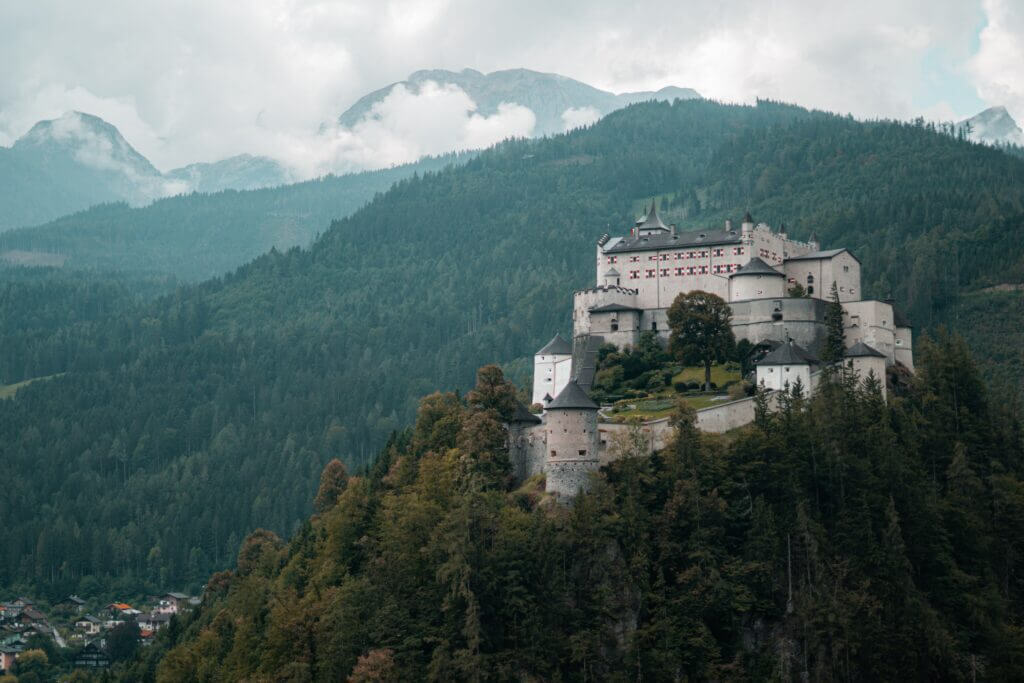
Presenting a glimpse into the colourful tapestry of Medieval life, this grand citadel serves as a tangible testament to centuries of Austrian history, where it was utilised as a military base, a prison, and a prestigious abode for the notable rulers of Salzburg. In addition to the breathtaking alpine vistas, the fortress houses a variety of engaging attractions. Visitors can explore intriguing exhibitions housing a myriad of historical weapons, immerse themselves in the art of falconry, and wind down in a tastefully designed tavern replete with traditional charms.
Exploring Innsbruck: A Highlight of the Austrian Alps
Perched majestically amidst the Austrian Alps, Innsbruck offers a multitude of compelling attractions. Its breathtaking vistas and prolific winter sports facilities render it an alluring sojourn for any traveller. The city’s grandeur has been celebrated on an international stage, having twice hosted the Winter Olympics in 1964 and 1976. Moreover, as the capital of Tyrol, Innsbruck boasts awe-inspiring edifices that merit admiration.
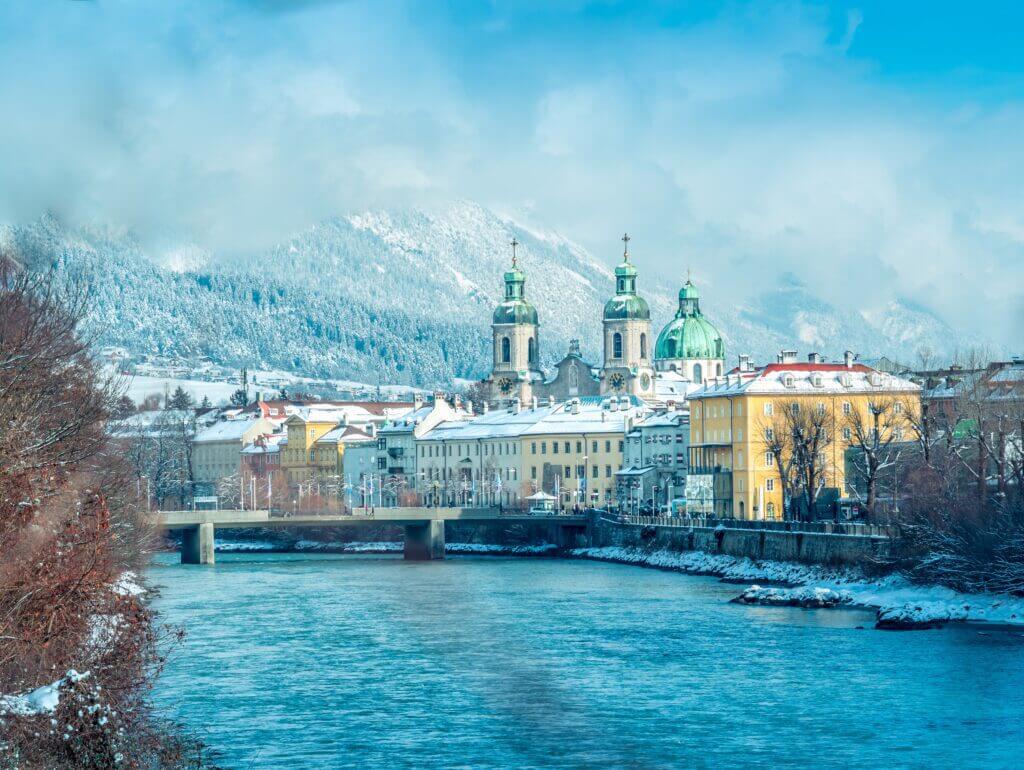
What not to miss:
Nestled within the city, the Innsbrucker Nordkettenbahnen, also known as the North Chain or the Northern Range, is a fascinating mountain range that offers more than just arresting panoramas. Throughout the year, this portion of the Austrian Alps bustles with activities. During balmy summer months, it transforms into an outdoor playground for enthusiasts, whilst in winter, it emerges as an outstanding skiing site. Visitors are recommended to don comfortable, robust snow boots to fully immerse in the experience.
Preserving the heart of Innsbruck is Altstadt, the esteemed Old Town. A leisurely stroll allows one to marvel at charming medieval edifices, historic inns, and contemporary eateries and cafes. The intriguing alleyways of Altstadt invite exploration. Its appeal lies in its ability to seamlessly marry history with modernity in an inviting and secure environment. During the festive winter season, it springs to life with bustling Christmas markets.
The Hungerburg Funicular, a striking piece of architecture designed by renowned architect Zaha Hadid, elevates visitors from the hustle and bustle of the Innsbruck city centre to the tranquil station of Hungerburg. This hybrid funicular manifests an impressive blend of innovative and modern design that captivates tourists across generations.
Experience the Scenic Splendour of Grossglockner High Alpine Road in Austria’s Eastern Alps
Embarking on the picturesque journey across the Grossglockner High Alpine Road in the Eastern Alps is regarded as one of Austria’s premier attractions. This spectacle, a veritable delight for those traversing Austria by road between May and October, has been a magnet for tourists from international quarters since 1935 and consistently lives up to expectations. This alpine pass, conceptualised and constructed solely to facilitate tourism, forms an unparalleled highlight of any Austrian sojourn.
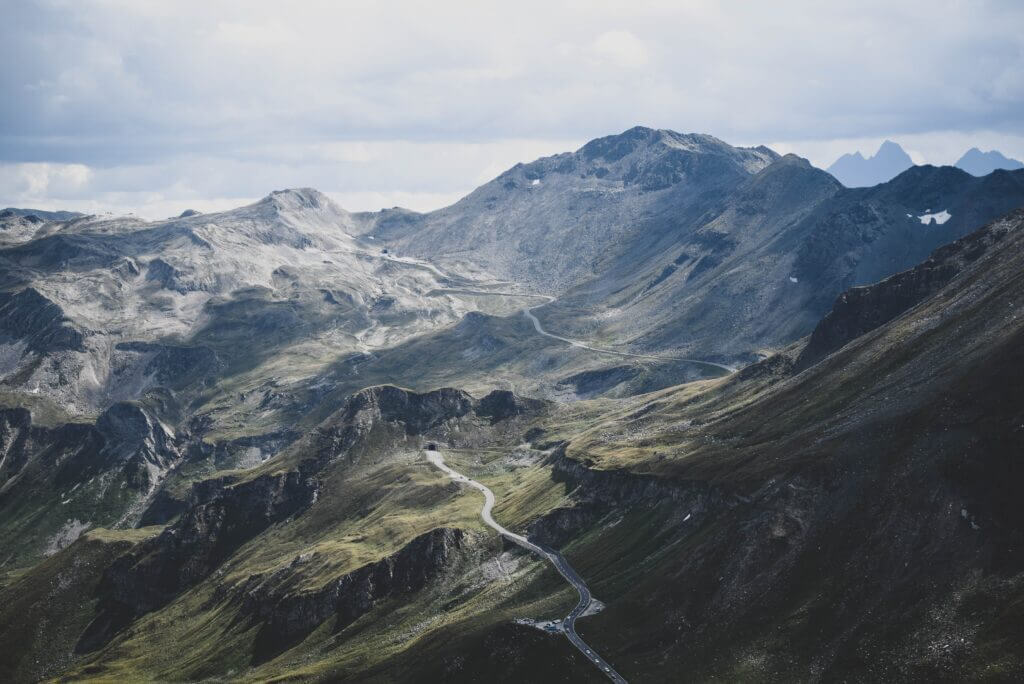
At an approximate cost of £ 35, travellers are granted the opportunity to journey along a magnificent roadway; the view from their vehicle’s perspective offers an unforgettable experience. This tariff also includes access to exhibitions shedding light on the history of the road’s construction and the local fauna in the surrounding region. Mirroring the quality of nearly all thoroughfares in Austria, the Grossglockner Pass prides itself on maintaining immaculate condition, guaranteeing a safe and comfortable journey.
In addition to the enthralling drive, parking privileges sited at the celebrated Kaiser-Franz-Josefs-Höhe accentuate the appeal of the adventure. Here, the expansive Pasterze glacier unfurls majestically, providing the sweeping backdrop to an up-close encounter with marmots and other indigenous wildlife in their natural habitat.
Exploring Klagenfurt: A Gem Amidst the Austrian Alps
Nestled amidst the Austrian Alps is the noteworthy city of Klagenfurt. Ideally perched on the well-renowned Lake Worthersee, this body of water is one of the warmest and most expansive Alpine lakes throughout the European continent. Klagenfurt’s southerly positioning affords it enjoyable summer periods and sun-kissed winter seasons.
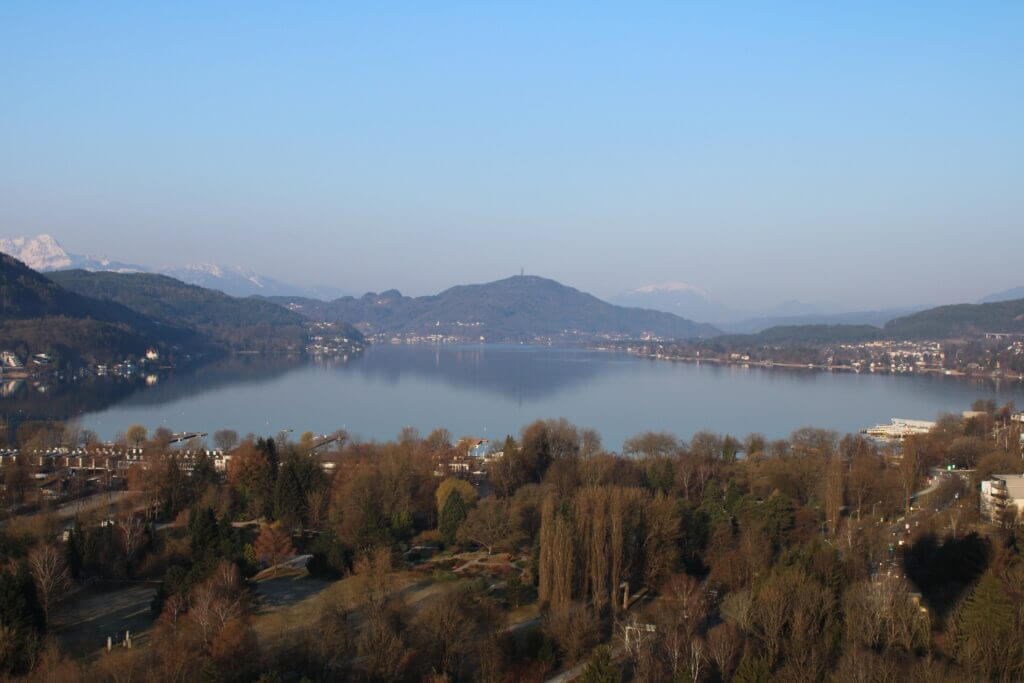
Klagenfurt teems with a plethora of exhilarating activities for every enthusiast. Selecting the optimal months to participate in these endeavours will enhance the overall experience. Furthermore, Klagenfurt ranks highly amongst Austrian towns, universally admired for its breathtaking mountainous landscapes.
What not to miss:
Lake Worthersee: This lake is a highly frequented hotspot in Klagenfurt. Visitors are drawn from afar to marvel at the stunning beauty of Lake Worthersee. Winter visits to the Austrian Alps should consist of indulging in the variety of winter sports offered on this lake. For a leisurely alternative, lakeside fine dining provides an exquisite option.
Hochosterwitz Castle: Aptly positioned at an altitude of 600m, Hochosterwitz is a stellar architectural construct. Beyond simple photography, a multitude of events awaits enthusiastic participation, including knight carnivals, and full moon walks, amongst others.
Rauschelesee: Klagenfurt hosts an array of stunning lakes, and Rauschelesee is no exception. Although smaller than Lake Worthersee, it boasts spectacular swimming and fishing possibilities. Situated a mere 15-20 minutes southwest of Klagenfurt, this lake offers splendid scenic views paired with inviting walking paths.
Exploring Hitler’s Eagle’s Nest in the Austrian Alps
Nestled within the tranquil serenity of the Austrian Alps and merely an hour’s drive away from Salzburg, the alpine hamlet of Berchtesgaden.
It is home to the historically significant Kehlsteinhaus, colloquially known as the Eagle’s Nest, Adolf Hitler’s former mountain retreat. This once served as the southern command centre of the Nazi party. Resting majestically on the summit of Mt. Kehlstein, the Eagle’s Nest provides a stark juxtaposition between its sombre past and the splendid vistas of Germany’s Bavarian Alps it proffers.
Exploring Nassfeld: A Hub of Adventure in the Austrian Alps
The Austrian Alps’ Nassfeld near the Italian border is a bucket-list destination for any ski enthusiast. Renowned for its extensive offer of outdoor pursuits, Nassfeld plays host to 110km of ski tracks, 1000km of hiking trails, and an impressive 950km of cycling routes. This region of Austria promises a veritable feast for adventurous spirits, not forgetting the vast array of scenic attractions.
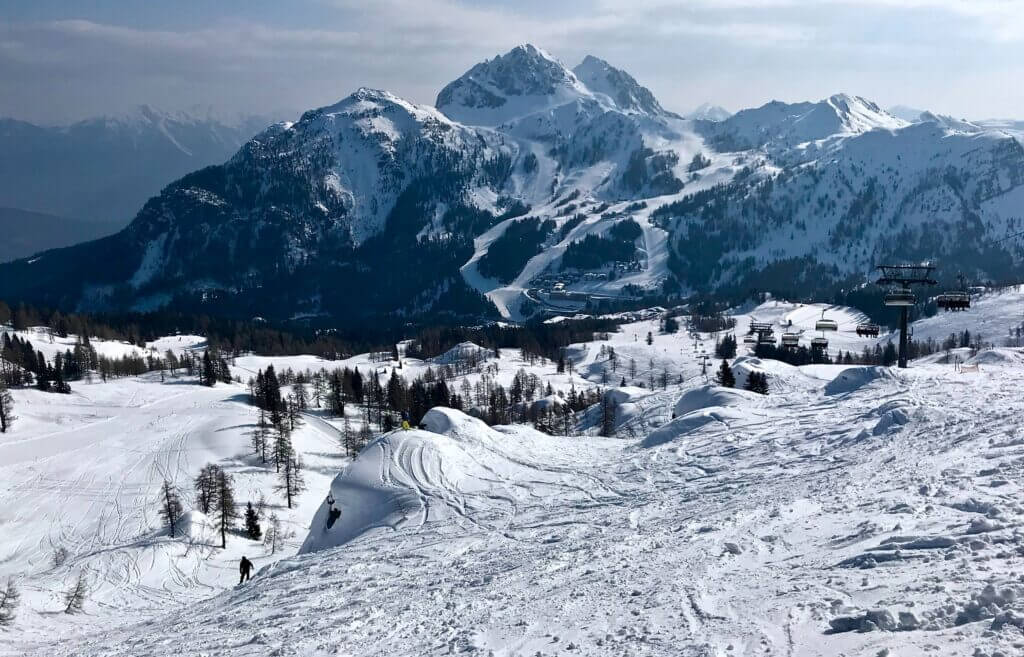
What not to miss:
Sommerrodelbahn: For a surge of adrenaline amidst the Austrian Alps, the Sommerrodelbahn is a must-try. This favoured pursuit among thrill-seekers comprises a 2-km mountain roller coaster that offers a delightful way to survey the landscape of Nassfeld. This activity is not only infused with safety measures but also much enjoyed by youngsters. Prepare to revel in spectacular vistas of lakes, mountains, quaint villages, and abundant wildlife.
Garnitzenbach Stream: Austrian Alps excursions offer a unique opportunity to immerse in nature. The Garnitzenbach Stream, nestled in Nassfeld, is a perfect illustration. Replete with numerous cascades and readily accessible through climbing facilitative infrastructure, this stream is a quintessential family-friendly destination.
Aqua Trail: This 1.5 km mountain water-themed walkway is another Nassfeld family-friendly activity that captures the diverse types of water in the mountains. It is structured with informative signage to enrich the visitor experience along the route. The pathway is also wheelchair and pram-friendly. With plentiful rest areas and a large picnic spot, it offers convenient relaxation opportunities and a safe play area for children.
Exploring Grossarl: A Hidden Gem in the Austrian Alps for Hiking and Skiing
Grossarl, situated not far from Vienna, offers a sublime escape for those with a predilection for hiking and other outdoor pursuits. While it may not share similar renown with other Austrian settlements, Grossarl has a plethora of enthralling activities that never fail to delight its guests. The locale offers everything from invigorating mountain hikes throughout the awe-inspiring beauty of the alpine landscape to rejuvenating spas for quieter moments of relaxation. Essential gear, including sturdy footwear and robust rucksacks, ought to be selected for optimum hiking enjoyment.
What not to miss:
Fulseck: The Fulseck Mountain holds promise for the ultimate Austrian hiking experience. Accommodating visitors of varied ages and abilities, Fulseck houses an extensive array of themed walks and trails suitable for hiking and cycling. The availability of the Fulseck Summit Lift amplifies the convenience of navigating this cherished peak, effortlessly delivering visitors to their preferred location.
Skigebiet Grossarltal-Dorfgastein: A renowned ski resort, Skigebiet Grossarltal-Dorfgastein offers an excellent array of slopes to accommodate novice and seasoned skiers alike. Replete with vast spaces, it is indeed a haven for those seeking winter pastimes.
Skischule Lackner: Skischule Lackner presents an ideal destination for those seeking to assail the Austrian Alps whilst enhancing their skiing prowess. Widely recognised for providing an array of ski courses, this renowned institution offers winter sports facilities, alongside equipment and a variety of other services.
Exploring Feldkirch: A Gem in the Austrian Alps
Nestled in Austria’s utmost western corner languishes the grand town of Feldkirch. Beyond the captivating Austrian Alps that encircle it, Feldkirch garners appeal through its medieval allure. Savour tranquil strolls within the town, absorbing the monumental vistas of the alpine peaks.
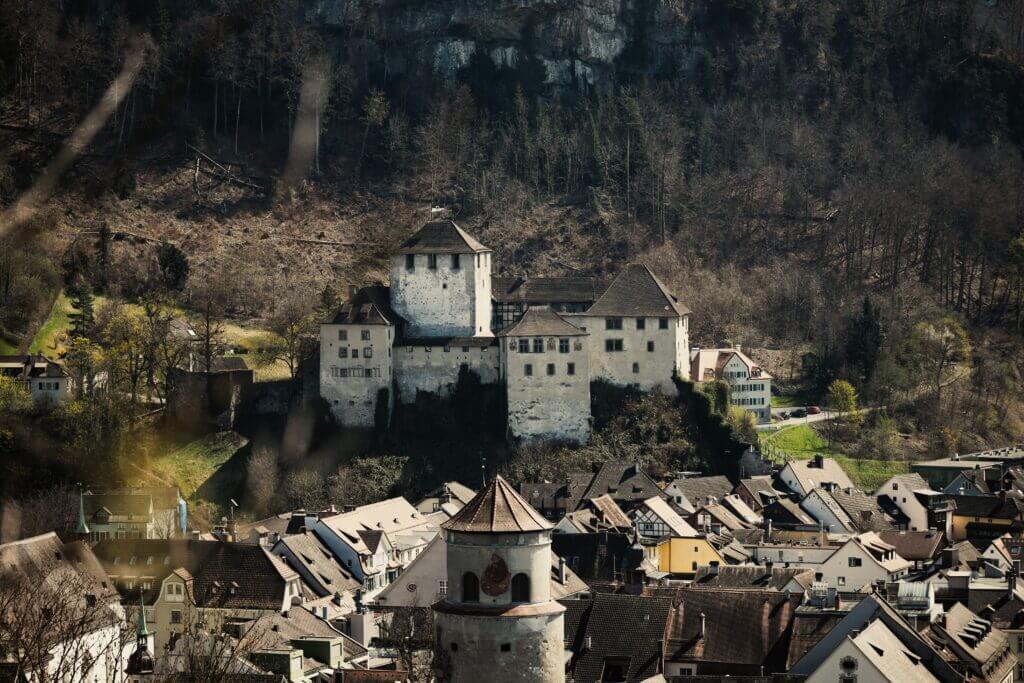
What not to miss:
Feldkirch Wildpark: A must-see for anyone journeying with little ones, this animal park is a sanctuary for more than 140 distinct creatures. In addition, an adventure park situated in the grounds creates an extra appeal for all visitors.
Drei Schwestern Mountain: This magnificent mountain range not only provides spectacular sights across the alpine peaks but also presents outdoor recreational activities. Relish hiking and climbing experiences on advanced tracks and routes.
Marktgasse: A haven for fresh local produce, Marktgasse in Feldkirch promises an opportunity to familiarise oneself with an array of fruit and vegetable cultivators from the area. The vibrant marketplace teems with various floral species and also offers an array of pre-loved children’s toys and books.
Exploring Hallstatt: A Gem Amidst the Austrian Alps
Yet another breathtaking jewel of the Austrian Alps is the idyllic village of Hallstatt. Nestled on the western shore of the titular Lake Hallstatt, this resplendent locale boasts an array of splendid 16th-century alpine houses and quaint alleyways interspersed with inviting cafes and boutique shops. Commanding a panoramic view of Lake Hallstatt, the scenic village embodies an enchanting allure, earning it nods as one of the world’s most delightful lakeside towns.
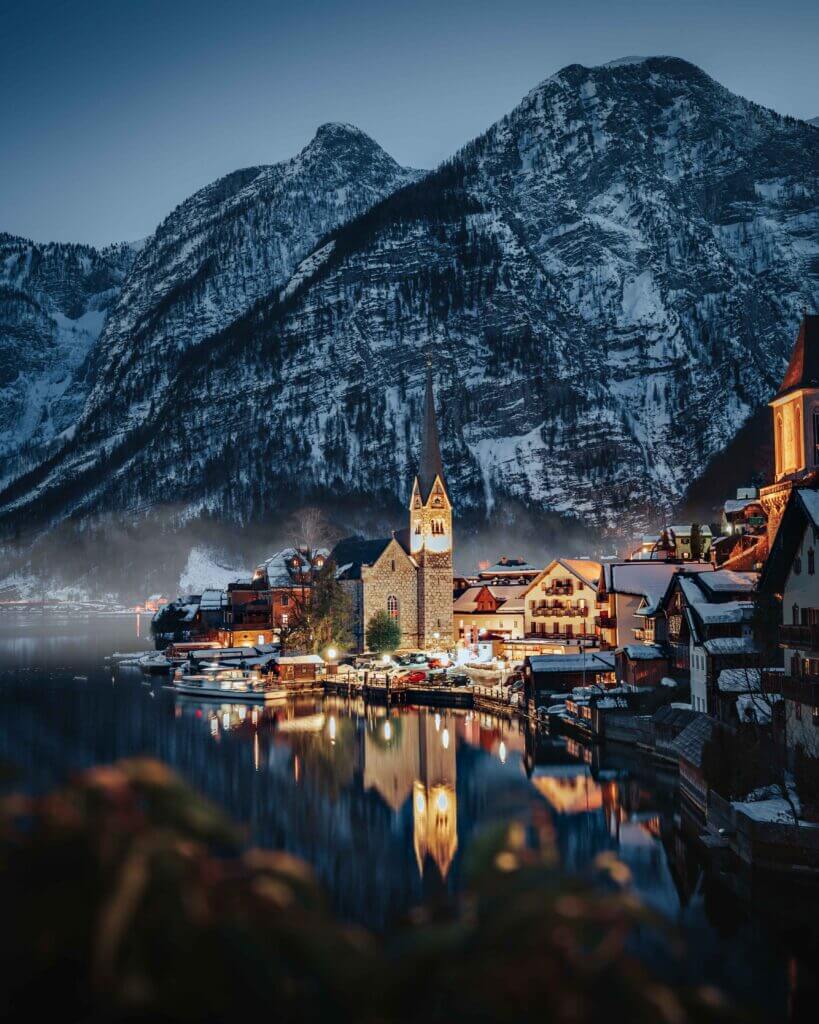
What not to miss:
Salzwelten: Delving into this portal of the Austrian Alps is incomplete without an expedition to Salzwelten, among the globe’s most ancient salt mines and a site of UNESCO distinction. Dating as far back as 4000 BC, these bountiful mines have accrued a considerable wealth of salt over the millennia. Salzwelten hosts guided tours, offering an immersive slice of historical enlightenment for visitors.
Lake Hallstatt: A sojourn to Hallstatt is rendered incomplete without the remarkable spectacle of its majestic lake. Every perspective offers a mesmerising vista, though it is frequently noted that the finest views are gleaned from the water itself. Surrender yourself to Lake Hallstatt’s array of boat rentals, a diverse fleet featuring traditional rowboats, pedal boats, and a more modern selection of electrical options. Drift serenely across the lake, marvelling at the captivating beauty of Hallstatt and Alpine heights at your leisure.
Dachstein Caves: Another noteworthy draw of the Austrian Alps is the remarkable Dachstein Caves, a network of laminar caverns regarded as one of the Eastern Alps’ most awe-inspiring sites. Embarking on a journey through these grottoes will plunge you into a subterranean realm replete with grand ice sculptures and crystalline icicles. Notable points of interest include the spectacular Giant Ice Cave (Rieseneishöhle) with its sprawling caverns, and the mesmerising Mammoth Cave (Mammuthöhle), home to colossal conduit-shaped galleries and ice formations.
Exploring Kaprun: An Alpine Paradise in the Austrian Alps
Positioned to the southwest of Salzburg within the Austrian Alps, the picturesque town of Kaprun is a sanctuary. It is a site where one savours unrivalled alpine vistas while also experiencing many outdoor pursuits. Kaprun makes for an ideal holiday spot, catering to all family members. It provides a platform for ardently embracing activity or merely luxuriating in relaxation.
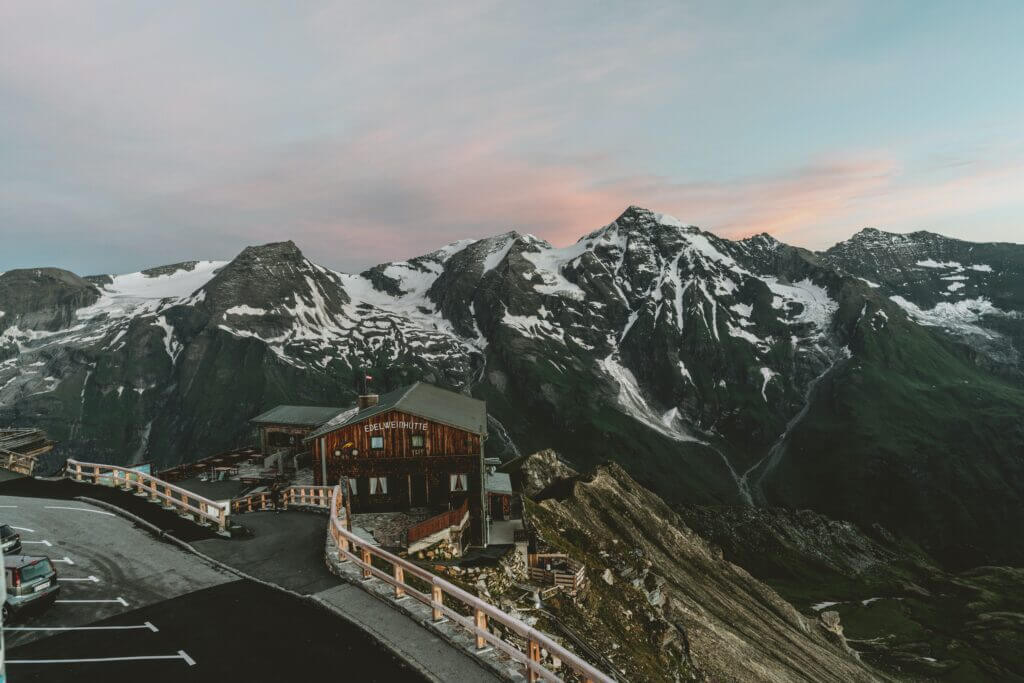
What not to miss:
Kitzsteinhorn: As a notable skiing mountain in the Eastern Alps, Kitzsteinhorn offers an unmatched alpine experience throughout the year. Its advanced mountain railways and world-class infrastructure are complemented by the superior quality of snow from October until the early summer season.
Oldtimer Museum: For those seeking respite from Austria’s hiking trails, the Oldtimer Museum provides an intriguing detour. This quaint yet delightful entity exhibits over 200 classic vehicles and motorbikes. Car and motorcycle aficionados will relish the wide array of models from the 1950s to the 1970s, including vintage motorbikes, scooters, and tractors, amongst other relics.
Maiskogel Family Mountain: The Maiskogel Family Mountain stands as another exemplary family destination. Aside from being an excellent skiing locale, this resort also boasts some of Austria’s finest hiking trails. Its gently sloping terrain, coupled with traditional cosy huts, enhances the overall experience. Ideal for groups or families keen on winter sports, don’t neglect to deck yourself in warm attire. Remember to carry those heated gloves and winter boots to ensure the utmost comfort.
Exploring Mayrhofen: A Gem in the Austrian Alps
The enchanting Austrian Alps town of Mayrhofen boasts a remarkable reputation as a winter sports hotspot, offering a plethora of trails for intermediate and expert skiers. However, newcomers and families need not worry, as the locale also features an abundance of tranquil routes.
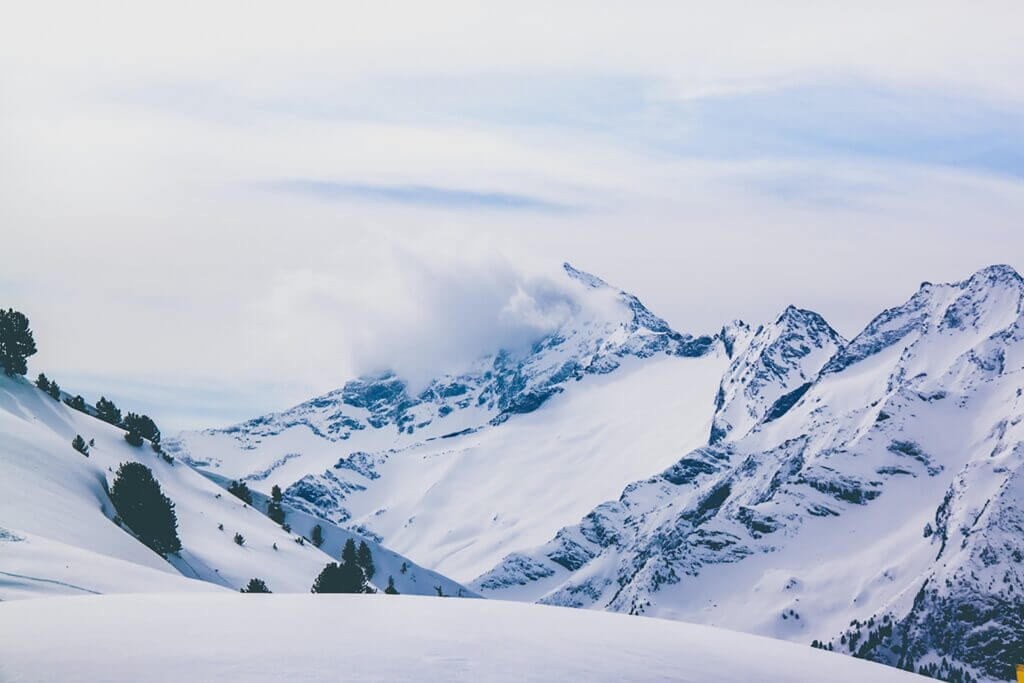
What not to miss:
The Penkenbahn: Lauded as a state-of-the-art cable car system, the Penkenbahn provides an efficient means to ascend the towering peaks. The journey upwards affords breathtaking vistas of the alpine ranges. Upon reaching the pinnacle, a myriad of activities, including hiking, biking, and paragliding, await. It’s important to highlight that the pathways are accessible for wheelchair users, and bicycles are available for hire.
Arena Coaster: These high-octane thrills should not be missed by those with an adventurous spirit. Hoisted within the magnificent Zell am Ziller, the Arena Coaster provides exhilarating rides amidst stunning mountain scenery. The 1,450-metre track is a popular attraction among visitors throughout both the summer and winter months.
Schlegeis Reservoir: A trip to Mayrhofen would not be complete without driving to the Schlegeis Reservoir. This journey constitutes a holiday unto itself; the unrivalled Alpine panorama is a feast for the eyes of cyclists, motorists, and nature admirers alike. The 13-kilometre route incorporates four natural rock tunnels before culminating at the stunning Schlegeis Reservoir. Positioned at a dizzying altitude of 1,800 metres, one can delight in unobstructed panoramic views of the majestic alpine mountain range.
Exploring Lienz: A Premier Hiking Destination in the Austrian Alps
For an unrivalled alpine hiking experience, Lienz in Austria is a destination par excellence. Among the array of offerings are the exquisite Lienz Dolomites, presenting a plethora of ranges tailored to accommodate every level of hiking expertise. Not solely for exercise and the thrill of adventure, a journey uphill encapsulates panoramic vistas of awe-inspiring mountain landscapes.
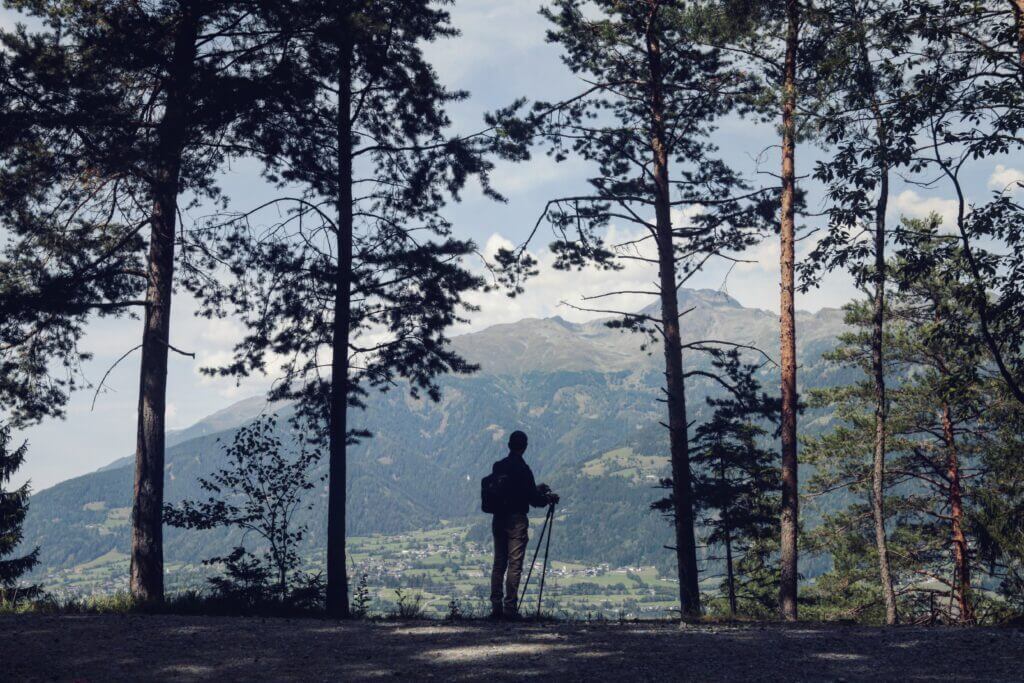
What not to miss:
Hohe Tauern National Park: As Austria’s largest national park, Hohe Tauern sprawls across an enormous 1800 square kilometres. Comprised of a diverse array of valleys, forests, and villages, it demonstrates the true grandeur and natural beauty of the region. Due to the park’s sheer enormity, independent exploration or guided tours are recommended.
Lienzer Bergbahnen/Osttirodler Alpine Coaster: For adrenaline junkies, the Osttirodler Alpine Coaster offers breathtaking excitement. This exhilarating ride is both enjoyable and safe for all ages. Additionally, numerous trails facilitate remarkable hiking experiences within Austria.
Hauptplatz Lienz: Hauptplatz, situated in the heart of Lienz, is a quaint old town bustling with vibrancy. Despite its compact size, it offers a wealth of attractions, including serene walks, numerous dining options, and delightful cafes. The square, adorned with colourful facades, provides an idyllic setting for relaxation and exploration.

